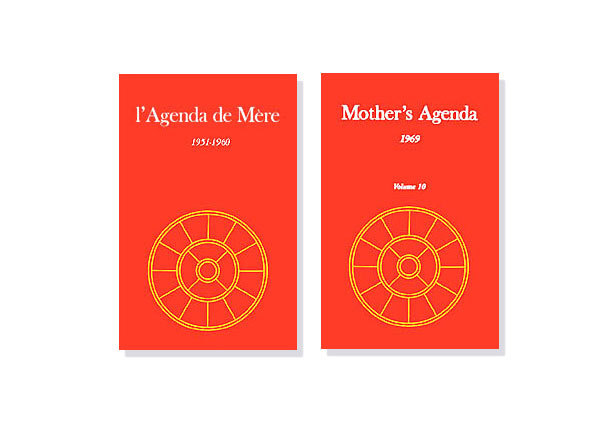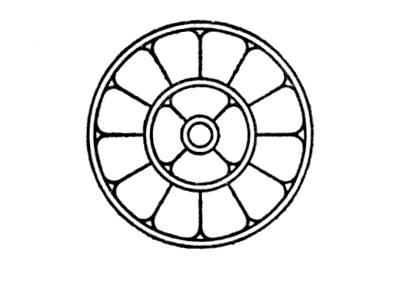Last updated:
Architecture - Words of Wisdom
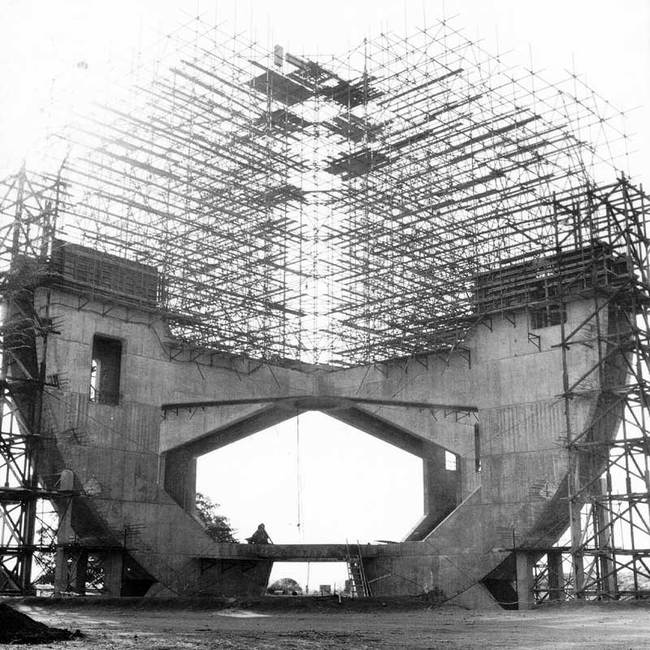
Sri Aurobindo:
Man’s seeking after beauty reaches its most intense and satisfying expression in the great creative arts, poetry, painting, sculpture, architecture ...
Pg 137, Vol 01, CWSA
Architecture, sculpture and painting, because they are the three great arts which appeal to the spirit through the eye, are those too in which the sensible and the invisible meet with the strongest emphasis on themselves and yet the greatest necessity of each other. The form with its insistent masses, proportions, lines, colours, can here only justify them by their service for the something intangible it has to express; the spirit needs all the possible help of the material body to interpret itself to itself through the eye, yet asks of it that it shall be as transparent a veil as possible of its own greater significance.
Pg 270, Vol 20, CWSA
Unity of idea and design is the first requisite in architecture as in any other art.
Pg 677, Vol 27, CWSA
The Mother
For example, you enter a historical building, and suddenly you are seized by the sense of a great beauty; how do you explain it? If someone asks you about it you would say, “Well, I feel that it is beautiful.” But if an architect enters a building and has the same feeling that it is beautiful, he will immediately tell you, “It’s because the lines meet harmoniously, the mass of the volumes is in harmony, the entire structure follows certain laws of beauty, order and rhythm”, and he will explain them to you. But that’s because he is an architect, and yet you could have felt the beauty as much as he without being able to explain it. Well, your feeling for beauty is what Sri Aurobindo calls infrarational, and his feeling for beauty is what Sri Aurobindo calls rational, because he can explain with his reason why he finds it beautiful.
01 Jun 1955, Pg 182, Vol 07, CWM
True art is a whole and an ensemble; it is one and of one piece with life. You see something of this intimate wholeness in ancient Greece and ancient Egypt; for there pictures and statues and all objects of art were made and arranged as part of the architectural plan of a building, each detail a portion of the whole. It is like that in Japan, or at least it was so till the other day before the invasion of a utilitarian and practical modernism. A Japanese house is a wonderful artistic whole; always the right thing is there in the right place, nothing wrongly set, nothing too much, nothing too little. Everything is just as it needed to be, and the house itself blends marvellously with the surrounding nature. In India, too, painting and sculpture and architecture were one integral beauty, one single movement of adoration of the Divine.
28 Jul 1929, Pg 109, Vol 03, CWM
The buildings (in the international zone of Auroville) should be constructed according to the architecture of each country — it should be like a document of information. Then, depending on the money they wish to spend, they could also have accommodation for students, conference-rooms, etc., a cuisine of the country, a restaurant of the country — they could have all kinds of developments.
Jun 1965, Pg 254, Vol 13, CWM
-

Industry, Commerce, Money and Economy - Words of Wisdom
-

Nature - Words of Wisdom
-
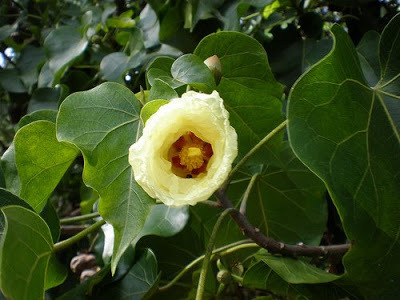
Health and Wellness - Words of Wisdom
-

Culture - Words of Wisdom
-

Yoga of Work - Words of Wisdom
-

Social Work - Words of Wisdom
-
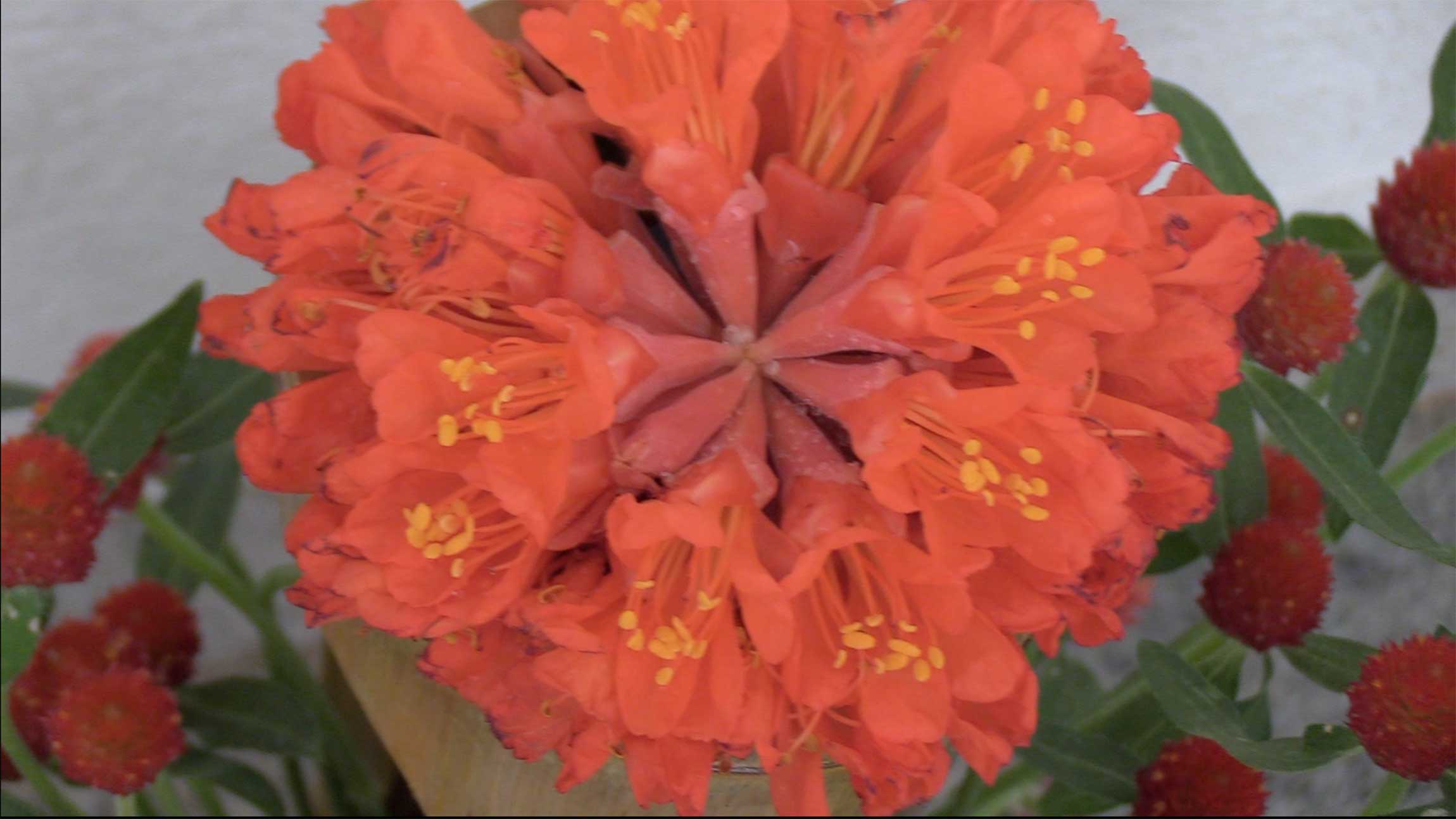
Yoga of Love - Words of Wisdom
-

Education - Words of Wisdom
-

Marriage and Relationship - Words of Wisdom
-

Yoga of Knowledge - Words of Wisdom
-

Significance of Birthdays - Birth of the Soul
-
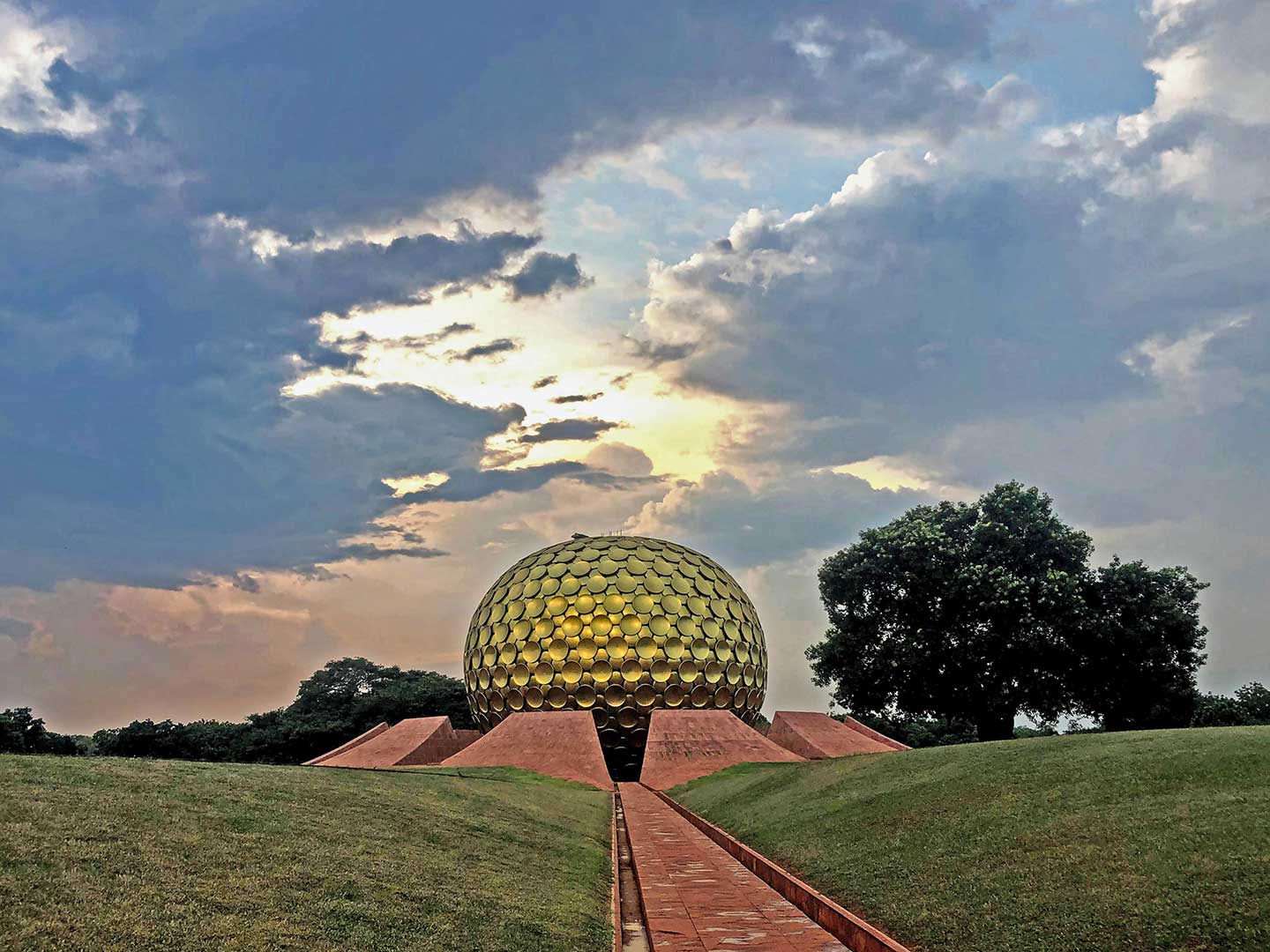
Beyond Religion - Words of Wisdom
-

Art - Words of Wisdom
-
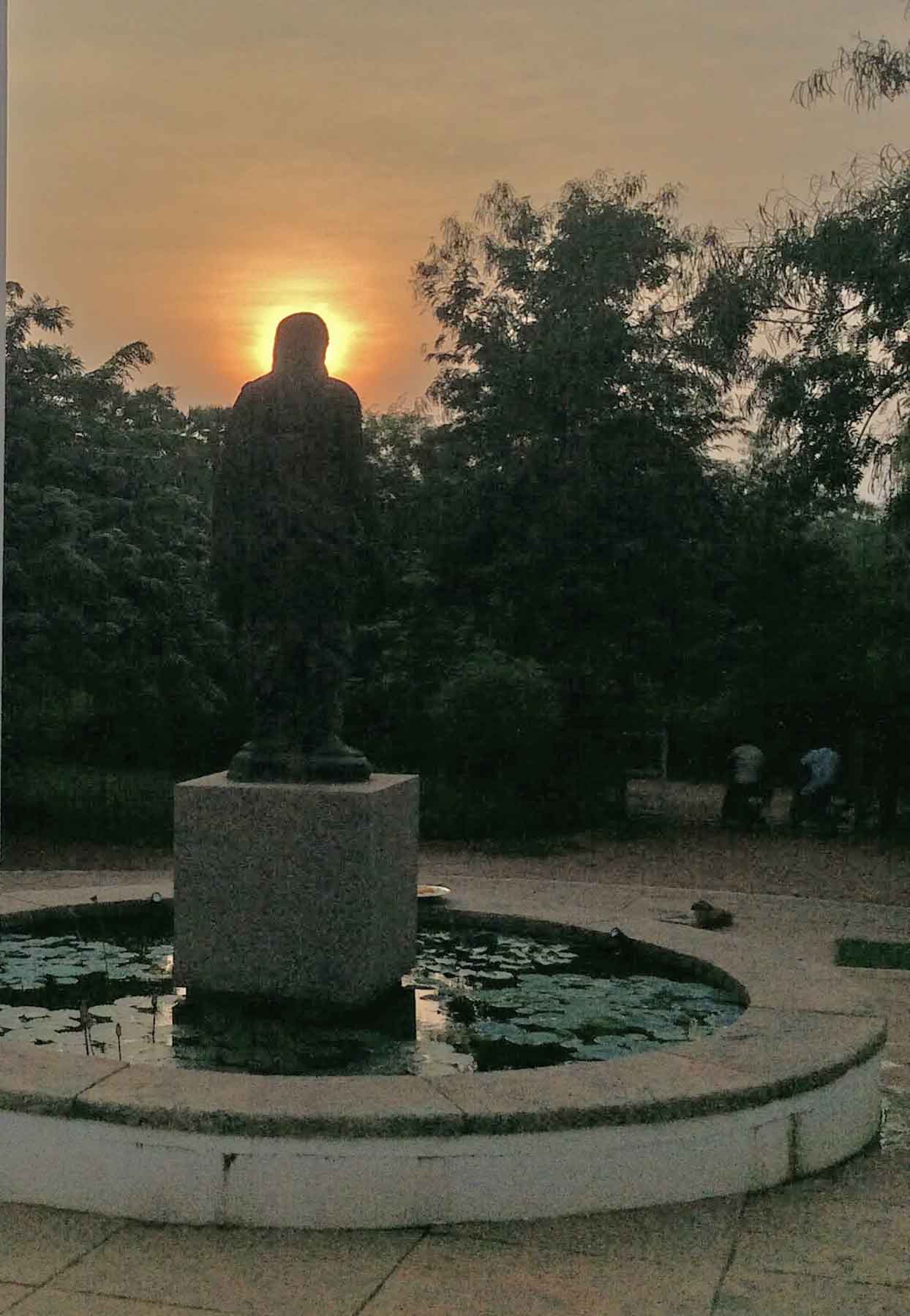
On Influenza & Epidemics - Words of Wisdom
-
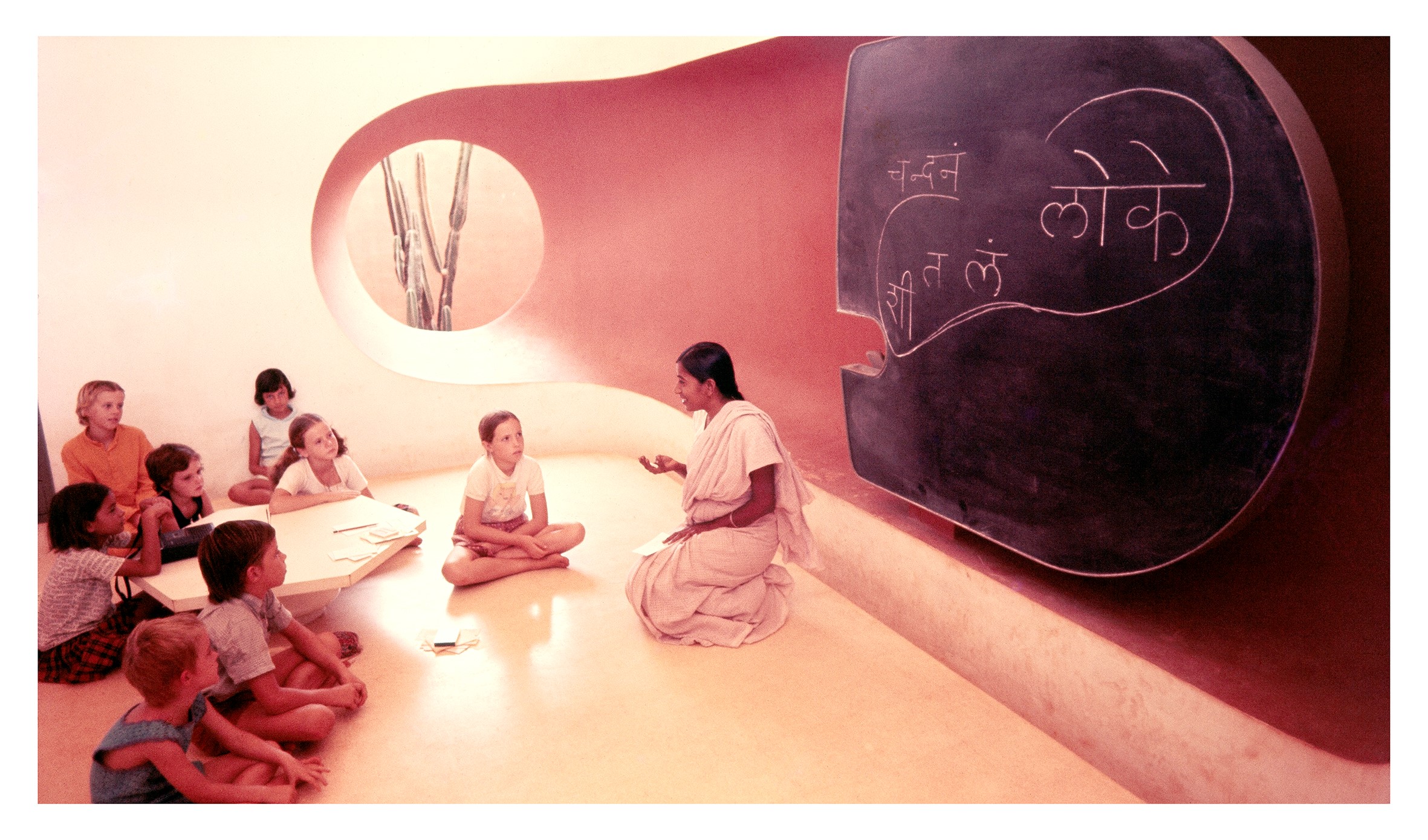
Ideal Child
